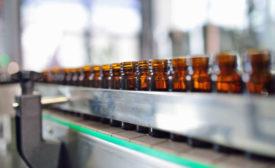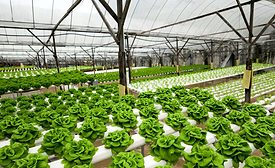Home » Keywords: » food safety plan
Items Tagged with 'food safety plan'
ARTICLES
Whenever a new piece of equipment, such as a robot, is incorporated or a process is changed, the food safety plan and the hazard analysis must be reanalyzed
Read More
Sponsored Content
eBook | Achieving Excellence in Food Safety Risk Management: Tackling Chemical and Microbiological Threats
June 20, 2024
Reanalysis—A Critical Component of Verification
The Food Safety Plan/HACCP Plan is a living document that requires ongoing maintenance, including reanalysis at appropriate time intervals
October 11, 2022
Strategies to Reduce Clostridium botulinum Risk in Fresh-Cut Produce
Increasing consideration of C. botulinum as a potential pathogen of concern is emerging for fresh-cut vegetables, fruits, and mushrooms
August 15, 2022
Building a Comprehensive Food Safety Plan
Protecting consumers, preventing brand equity damage, and ensuring regulatory conformance
June 20, 2021
2020 STATE OF THE INDUSTRY
State of the Industry in Food Safety: Processing and Packaging
November 4, 2020
2020 STATE OF THE INDUSTRY
State of the Industry in Food Safety: Produce Safety
November 4, 2020
2020 STATE OF THE INDUSTRY
State of the Industry in Food Safety: Training & Certification
FSMA requirements and ongoing food safety plan due diligence dictate regular training and certification for key organizational leads.
November 2, 2020
Never miss the latest news and trends driving the food safety industry
eNewsletter | Website | eMagazine
JOIN TODAY!Copyright ©2025. All Rights Reserved BNP Media.
Design, CMS, Hosting & Web Development :: ePublishing














